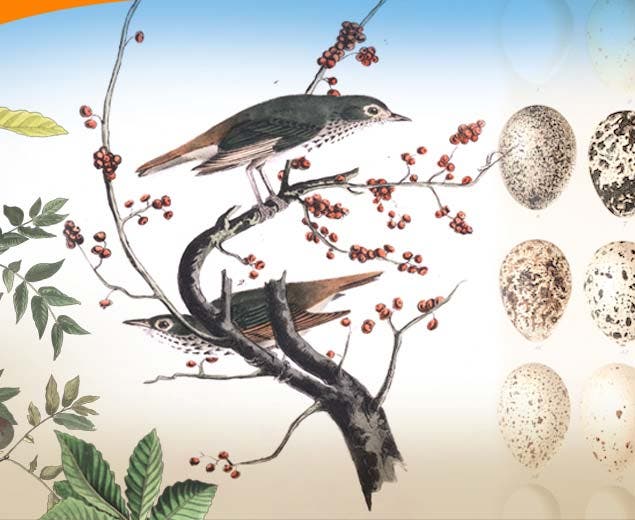The Making of a Field Guide
Roger Tory Peterson
Roger Tory Peterson, a native of Jamestown, New York, developed the idea for a field guide when he moved to New York City after high school. He joined the famed Bronx County Bird Club where he met the field ornithologist, Ludlow Griscom. Under Griscom’s tutelage, Peterson became fascinated by the field ornithologist’s split-second ability to identify bird species with the aid of binoculars rather than a rifle. Many bird books were on the market, but none of them provided a visual guide “wherein live birds may be run down by impressions, patterns, and distinctive marks, rather than by the anatomical differences and measurements that the collector would find useful.”

